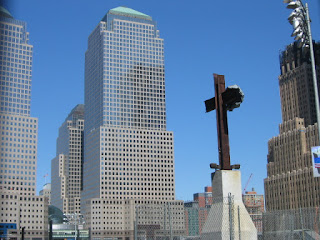
Questions Yet to Be Asked
For those who survived the first round, having insurance, getting the family out......will come the following questions.
How fast will we get paid?
An important question, where are all the people going to be housed during reconstruction, and don't just consider the burned to the ground houses......for those of you who know.....smoke damage means the house might as well have burnt to the ground, you can't live in them.
What do you mean we did not have enough insurance?
One of the most alarming things to discover on a claim, is you do not have the coverage you think you have. Insurance professionals tell me, many people under insure or do not adjust coverage to meet increased value. How much has your home gone up in value? What about the replacement cost of all your furniture, or do you have the garage sell price for coverage?
How do we "prove" our claim?
You may be surprised at what it takes to prove your claim, and if you can't how long it will take to settle. You could have $2,000 in bedding gone......no proof, no coverage, no payment, and that is one article.
Who is going to loan you money to get by?
The bank who still expects it's mortgage payment? The credit card company that still expects their payment? What will be the demand on local rental housing, any price increases there?
Can you get insurance to rebuild?
Many times insurers will not re-insure after a huge loss, and if they do the rates will be impossible to swallow. What will it cost to rebuild.....think the trades will be in high demand?
These are just a few of the tough questions.....but if you lived in a potential fire danger area, questions you should have thought about before.
WHAT QUESTIONS SHOULD YOU BE ASKING NOW WITH YOUR RISKS, WHAT IF YOU DON'T EVEN KNOW WHAT RISKS YOU FACE?
Our course on Business Continuity and Disaster Recovery will help your business answer these questions.





